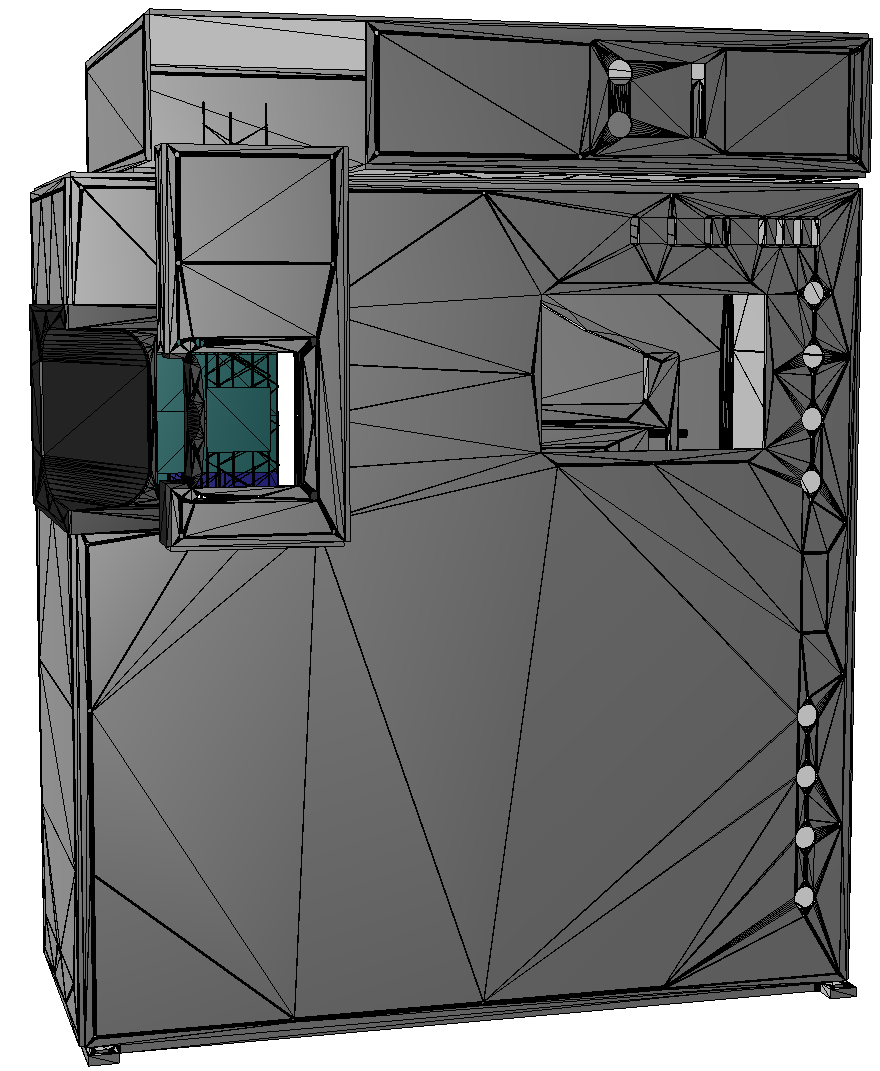@agheata Could you please guide here on how to make use of VecGeomNavigator with ROOT Geometry during simulation when the run configuration is done through Geant4 VMC? For example, the g4config.C file described how to set the different navigators.
/// - geomVMCtoGeant4 - geometry defined via VMC, G4 native navigation
/// - geomVMCtoRoot - geometry defined via VMC, Root navigation
// - geomRoot - geometry defined via Root, Root navigation
/// - geomRootToGeant4 - geometry defined via Root, G4 native navigation
// - geomGeant4 - geometry defined via Geant4, G4 native navigation
TG4RunConfiguration* runConfiguration =
new TG4RunConfiguration(“geomRoot”, “QGSP_BERT_EMV+optical”, “stepLimiter+specialCuts”);
/// Create the G4 VMC
TGeant4* geant4 = new TGeant4(“TGeant4”, “The Geant4 Monte Carlo”, runConfiguration);
cout << “Geant4 has been created.” << endl;
I do not have an idea for the VecGeomNavigator. How to use it.
Is it required to compile the ROOT, GEANT4 and VMC with VecGeomNavigator?
Could you please help here with how can It be done?
g4Config.C (3.4 KB)
